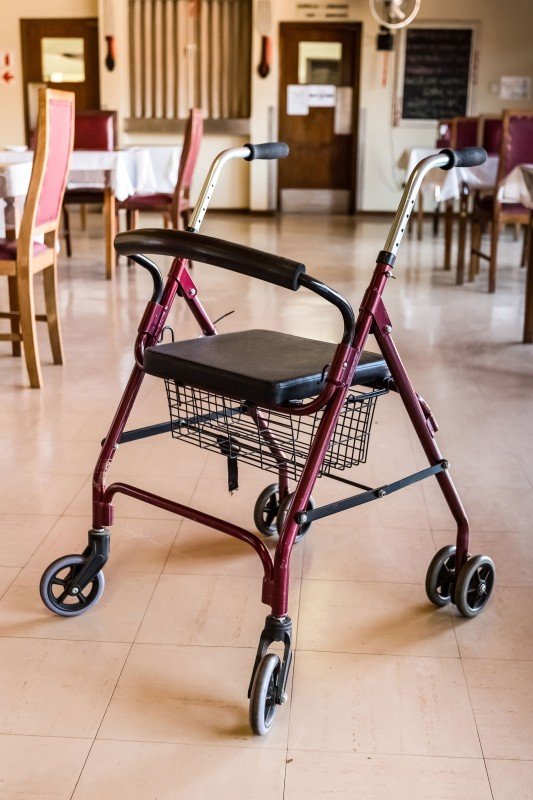Navigating the World of Mobility Scooters: A Comprehensive Guide
In an era where mobility is significantly acknowledged as an essential element of lifestyle, the need for assistive gadgets has actually surged. Amongst these, mobility scooters stick out as a flexible and empowering choice for people with mobility obstacles. This comprehensive guide explores the world of mobility scooters, using insights into their types, benefits, buying considerations, and upkeep ideas.
Understanding Mobility Scooters
Mobility scooters are motorized automobiles created to help individuals with mobility concerns in moving around more freely and independently. They are especially beneficial for those who find walking difficult due to conditions such as arthritis, multiple sclerosis, or post-surgical healing. Unlike manual wheelchairs, mobility scooters need very little physical effort, making them an excellent choice for extended usage.
Types of Mobility Scooters
Three-Wheel Scooters
- Pros: More maneuverable, lighter, and simpler to store.
- Cons: Less steady on rough terrain.
- Best For: Indoor and smooth outside surfaces.
Four-Wheel Scooters
- Pros: More steady, better on rough terrain, and can carry much heavier loads.
- Cons: Bulkier and less maneuverable.
- Best For: Outdoor use, particularly in parks and on irregular surface areas.
Portable Scooters
- Pros: Lightweight, foldable, and easy to transportation.
- Cons: Limited variety and speed.
- Best For: Travel and occasional usage.
Sturdy Scooters
- Pros: Built to manage heavier users and rugged environments.
- Cons: More costly and less portable.
- Best For: Users over 300 pounds or those who require to browse rough surface.
Standing Scooters
- Pros: Provide a standing position, which can be advantageous for users who can not sit for long periods.
- Cons: Limited stability and range.
- Best For: Users who choose standing and require short-distance help.
Benefits of Mobility Scooters
Boosted Independence
- Mobility scooters allow users to take a trip longer ranges without fatigue, allowing them to get involved more completely in daily activities and gatherings.
Improved Safety
- With functions like seat belts, anti-tip wheels, and brake systems, mobility scooters use a more secure option to manual wheelchairs and walking aids.
Convenience and Support
- Adjustable seats, backrests, and armrests ensure a comfy ride, reducing the stress on the user's body.
Cost-Effective
- While the preliminary investment can be considerable, mobility scooters are typically more affordable in the long run compared to frequent taxi rides or specialized transportation services.
Social Inclusion
- Mobility scooters help with greater social interaction by allowing users to participate in neighborhood activities and keep a more active lifestyle.
Aspects to Consider When Buying a Mobility Scooter
User Needs and Abilities
- Assess the user's physical condition, mobility requirements, and everyday activities to identify the most appropriate type of scooter.
Size and Weight Capacity
- Guarantee the scooter can accommodate the user's size and weight easily and safely.
Variety and Speed
- Consider the typical distance and speed required for everyday use. Some scooters have a series of approximately 30 miles on a single charge.
Portability
- If travel is a priority, select a portable scooter that can be quickly dismantled and transported.
Maintenance and Support
- Pick a trustworthy maker that provides reliable customer care and upkeep support.
Budget
- Set a budget plan and check out options that provide the best worth for cash. Think about funding options and possible insurance coverage.
Upkeep Tips for Mobility Scooters
Regular Cleaning
- Tidy the scooter regularly to prevent dirt and particles from affecting its performance. Utilize cheapest mobility scooters for sale and mild detergent.
Battery Maintenance
- Follow the producer's guidelines for battery charging and upkeep. Frequently inspect the battery level and avoid deep discharges.
Tire Inspection
- Inspect the tires for wear and correct inflation. Replace or fix as needed to make sure a smooth and safe trip.
Lubrication
- Oil moving parts such as the chain and gears to decrease friction and avoid wear.
Professional Servicing
- Schedule routine professional maintenance to deal with any concerns and ensure the scooter stays in optimum condition.
FAQs About Mobility Scooters
Are mobility scooters covered by insurance coverage?
- Some insurance coverage strategies, consisting of Medicare, might cover the expense of mobility scooters under certain conditions. Talk to your service provider for specific details.
Can I use a mobility scooter inside?
- Yes, many mobility scooters are designed for both indoor and outside use. Ensure the scooter appropriates for the type of surface areas you will be browsing.
How quick can mobility scooters go?
- The speed differs by design, however many mobility scooters have an optimal speed of 4 to 8 miles per hour.
Do I require a license to operate a mobility scooter?
- In many countries, a license is not needed to run a mobility scooter. However, it is essential to follow regional policies and traffic laws.
Can I take a trip with a mobility scooter?
- Many mobility scooters are developed to be portable and can be taken apart for travel. Contact airline companies and transport suppliers for particular requirements.
Mobility scooters are a transformative tool for individuals with mobility difficulties, using a mix of self-reliance, security, and comfort. By comprehending the different kinds of scooters, considering essential acquiring elements, and following upkeep best practices, users can maximize their mobility scooter and lead a more active and fulfilling life. Whether for day-to-day commutes or leisurely getaways, a well-chosen mobility scooter can be a valuable buddy on the journey to boosted mobility and lifestyle.

